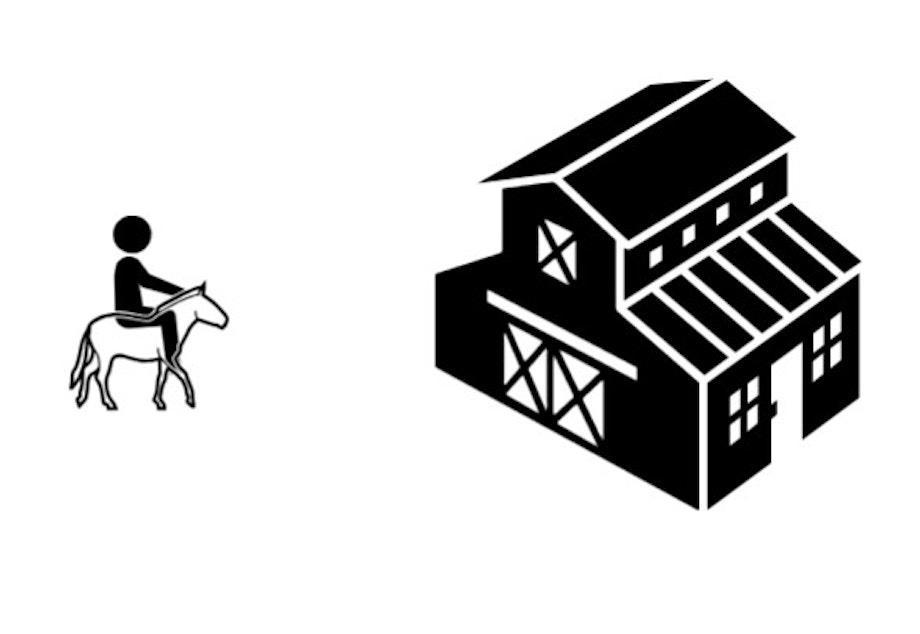Forget chess. This bot plays Pictionary

Games are not just for fun. They’re also a way for researchers who study artificial intelligence to demonstrate new skills.
On Tuesday, the Allen Institute for Artificial Intelligence released an A.I. that can play Pictionary. It's a big jump because that requires abstract thought.
You may have heard of famous computers that play games like chess, or go.
But ask people on the street, and they will tell you: Pictionary requires uniquely human skills. “I feel like humans are more creative than computers,” said Kim Kramers, a student at the University of Washington.
But researchers are trying to make computers more creative.

A
t the Allen institute for Artificial Intelligence, researcher Ani Kembhavi had been tasked by the game with drawing a phrase: "Children singing in a classroom."
He drew stick figures, musical notes, and a whiteboard. For each object he drew, he was prompted to choose an icon. This simplifies the game and is why the Allen Institute for Artificial Intelligence (also known as AI2) calls its game Iconary, rather than Pictionary.
The A.I. then tried to draw the deeper meaning from the collection of images Kembhavi has drawn. It came close, guessing that these were people singing in a classroom. But it didn’t get that these were children.
Kembhavi tried a different approach. “I need to signify youth. Why don’t I just draw some babies.”
With that clue, the computer got it right.
Understanding meaning behind complex pictures is hard for computers. Think about what we see when we look at a drawing of a campfire. It could indicate heat, light, or destruction. Add a human to the drawing, and that could indicate cooking dinner, scaring off wolves, or destroying evidence.
Humans take that kind of thought for granted. Computers are just learning to do it now.

N
ext, it was the computer's turn to draw for us. It drew a donkey, a man, a tuxedo, a pen, and a document. I guessed "Politician writing a manifesto," which was wrong.
I was stumped, but Kembhavi zeroed in on the donkey.
“It often uses abstract symbols to denote profession," he said. "That it’s done a donkey, and donkey is related to Democrats, I think we’re on the right path thinking about political office," he said.
It took time, but eventually we guessed the phrase the A.I. was trying to communicate — the president is signing a document. Which was weird, because President Trump is not a Democrat. So why the donkey?
This A.I. has not been trained on current events, Kembhavi said. It does not know that Trump is the current president.
Even with those errors, this was more advanced than a computer playing chess, Kembhavi said.
A pawn makes one move on a chess board — it moves one step forward. But a donkey can be a beast of burden or a pet, it can carry your stuff and it can represent a president.
Understanding that brings computers one step closer to understanding humans, so that they can help us solve complex problems.
You can play Iconary, AI2's version of Pictionary, against the AllenAI online.




